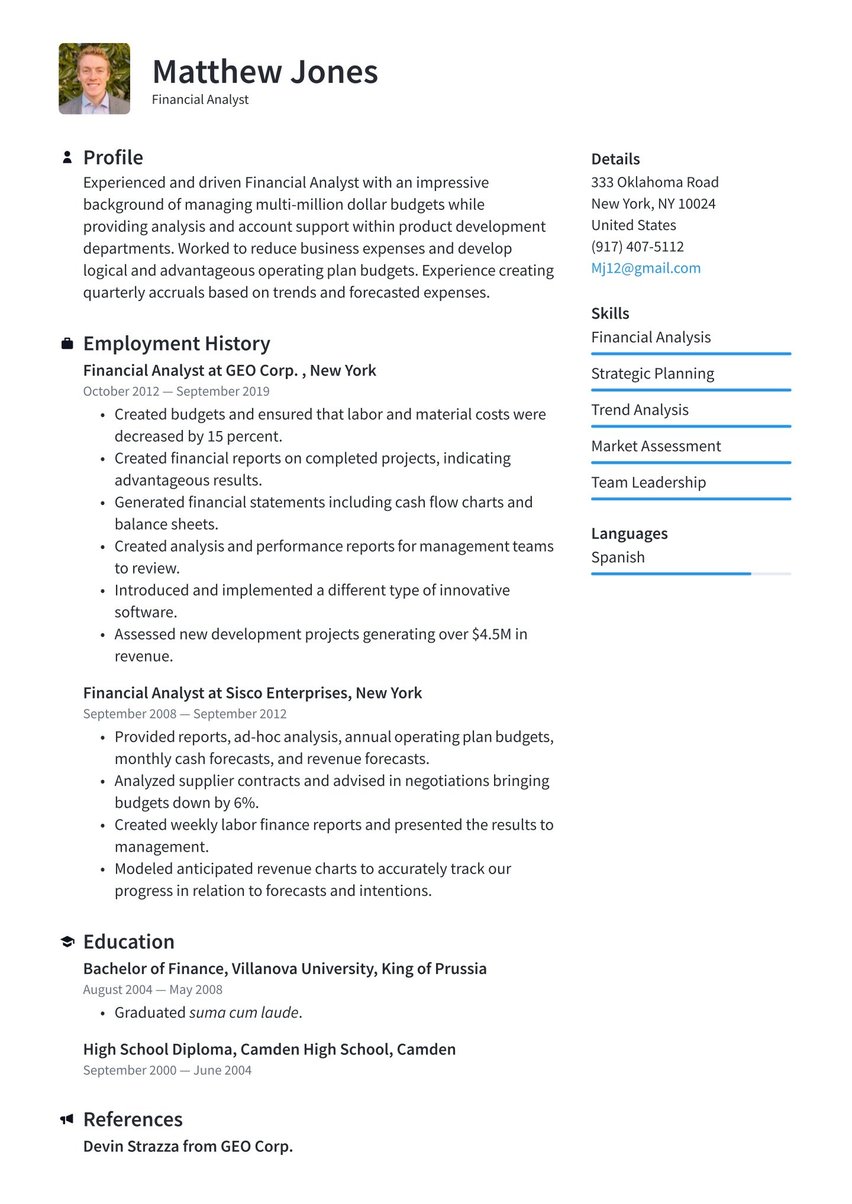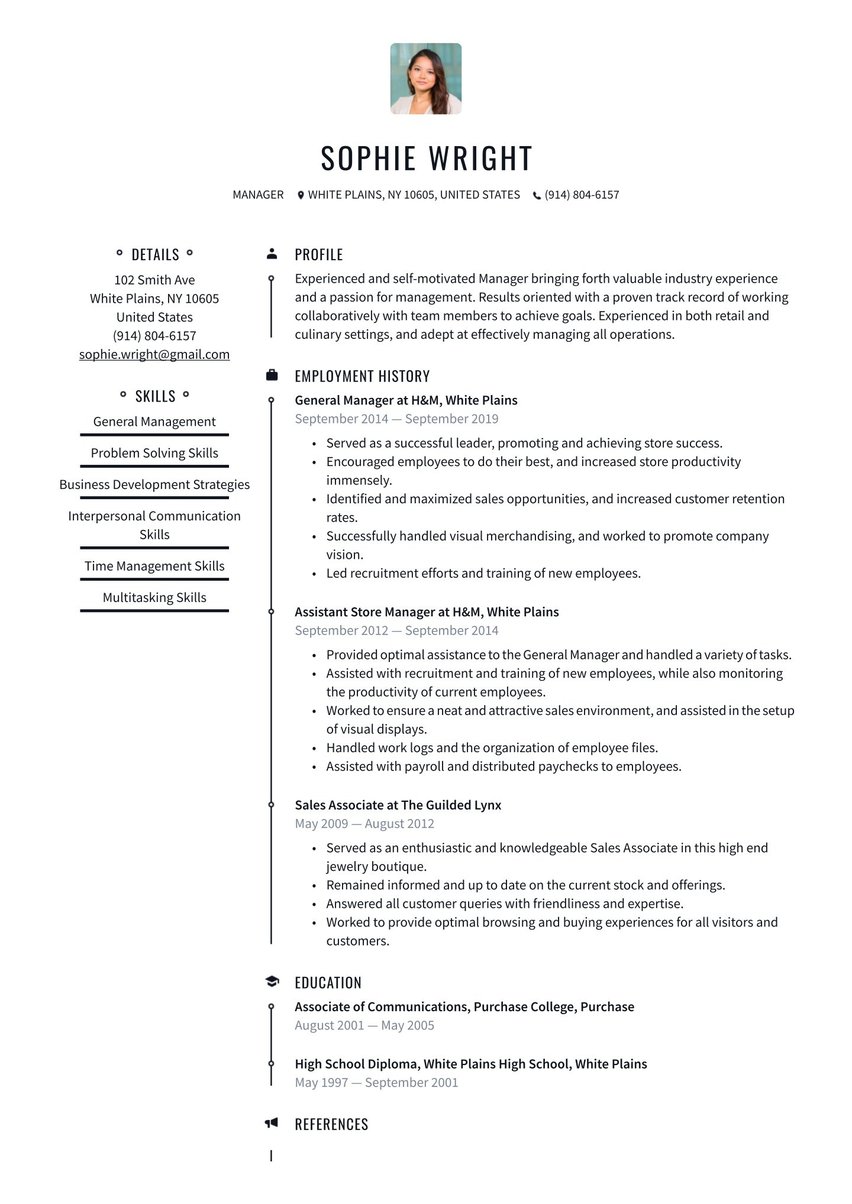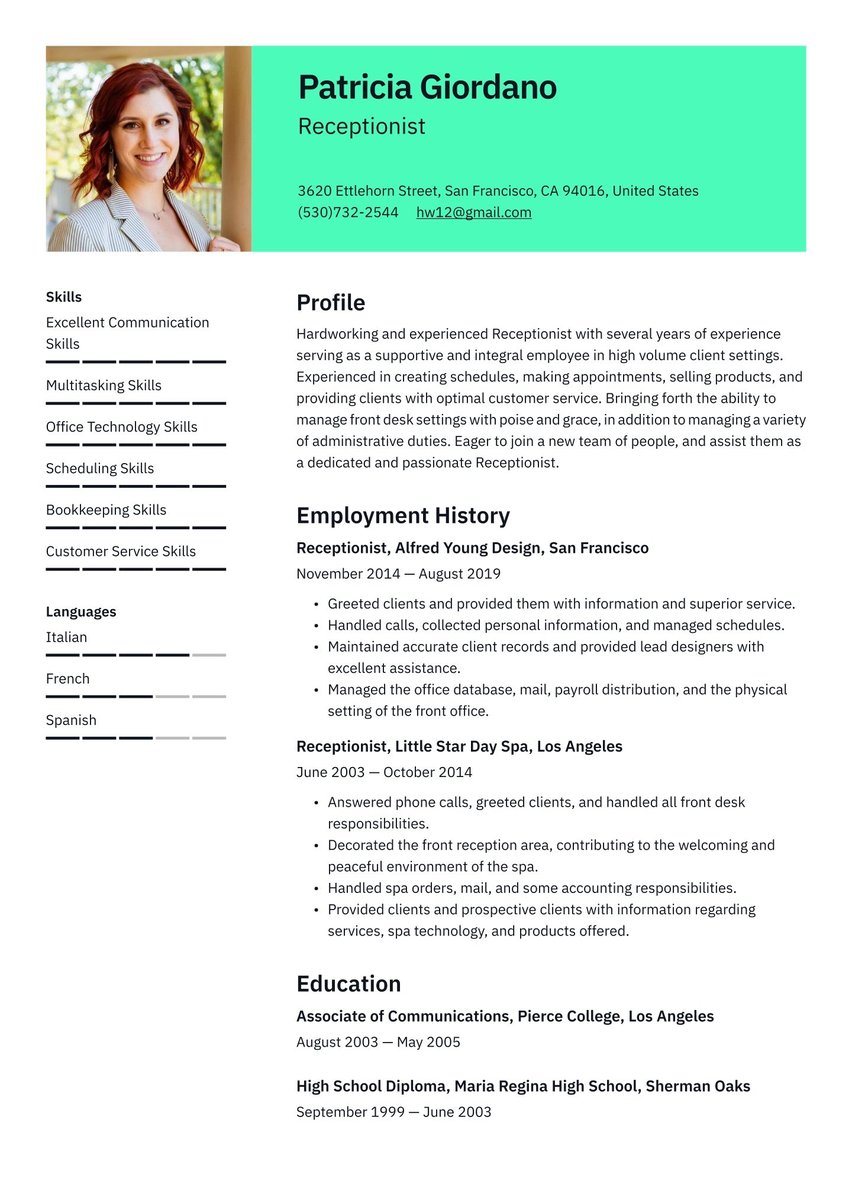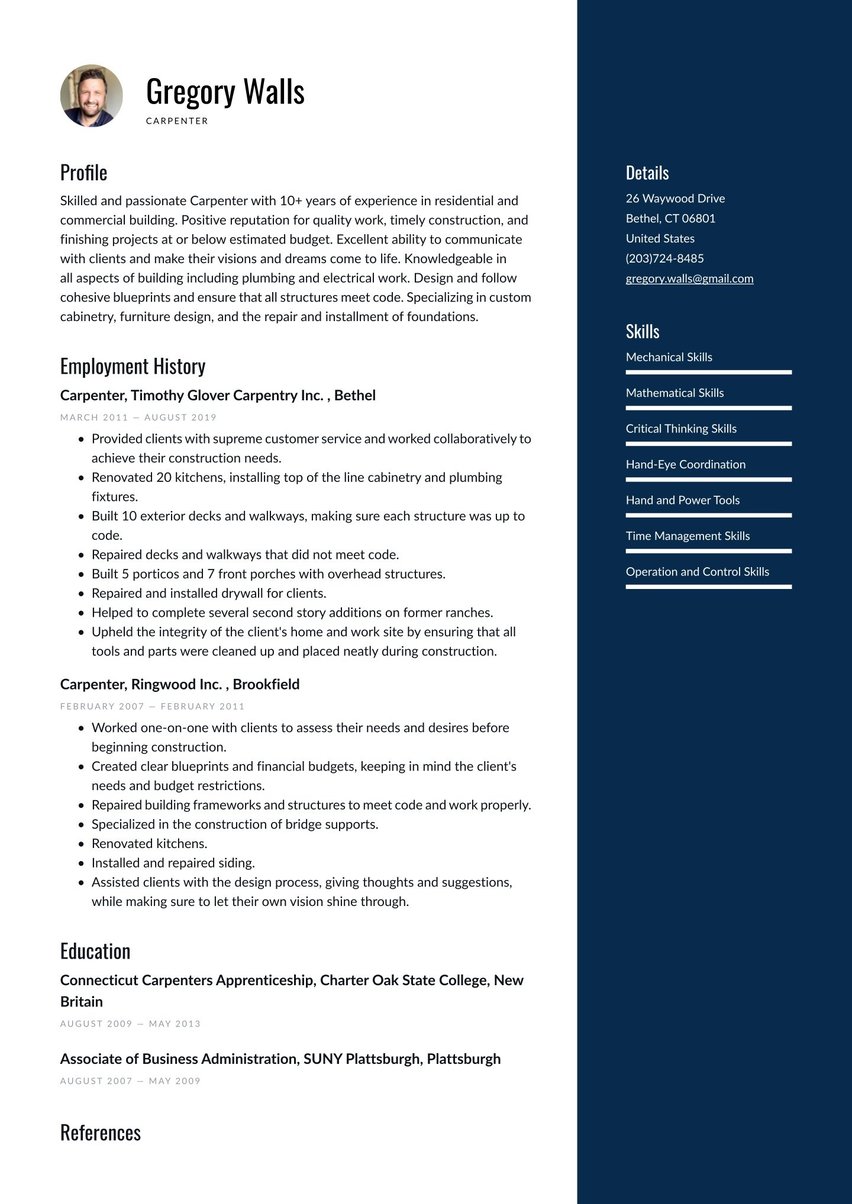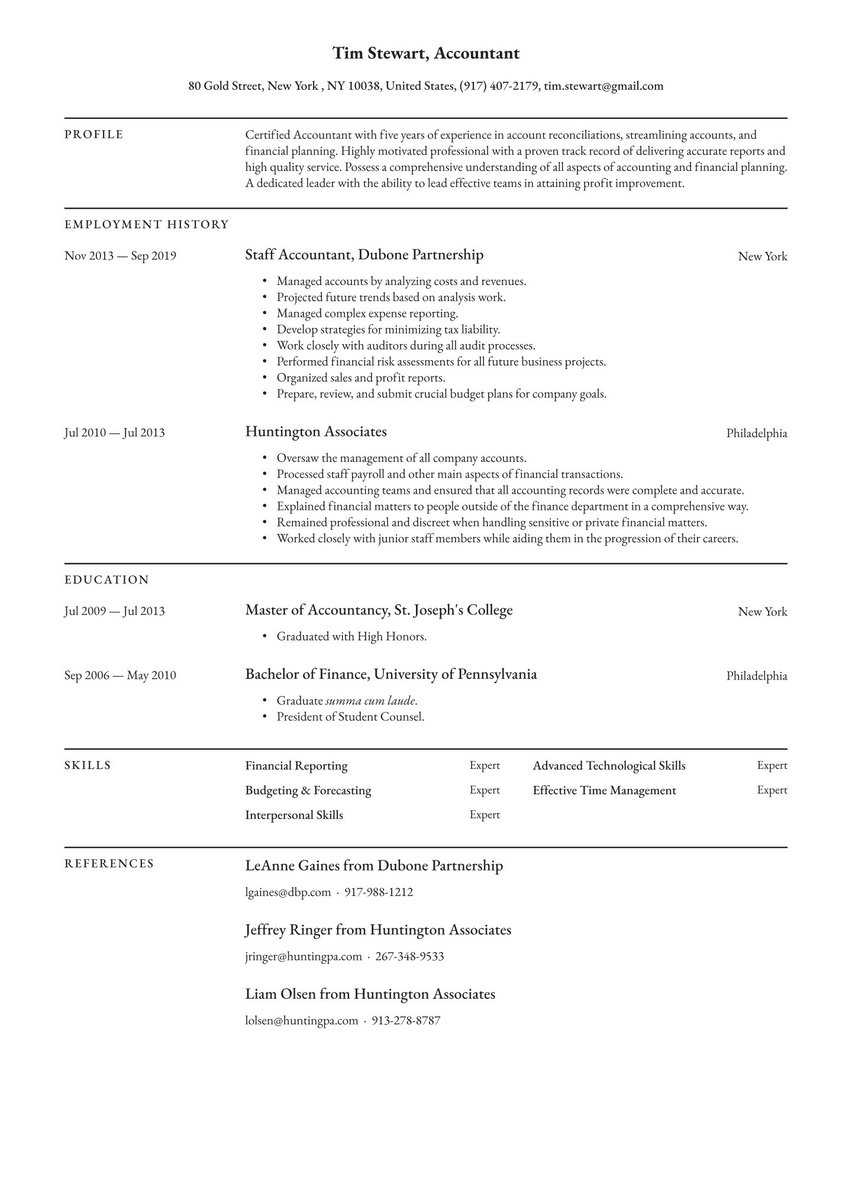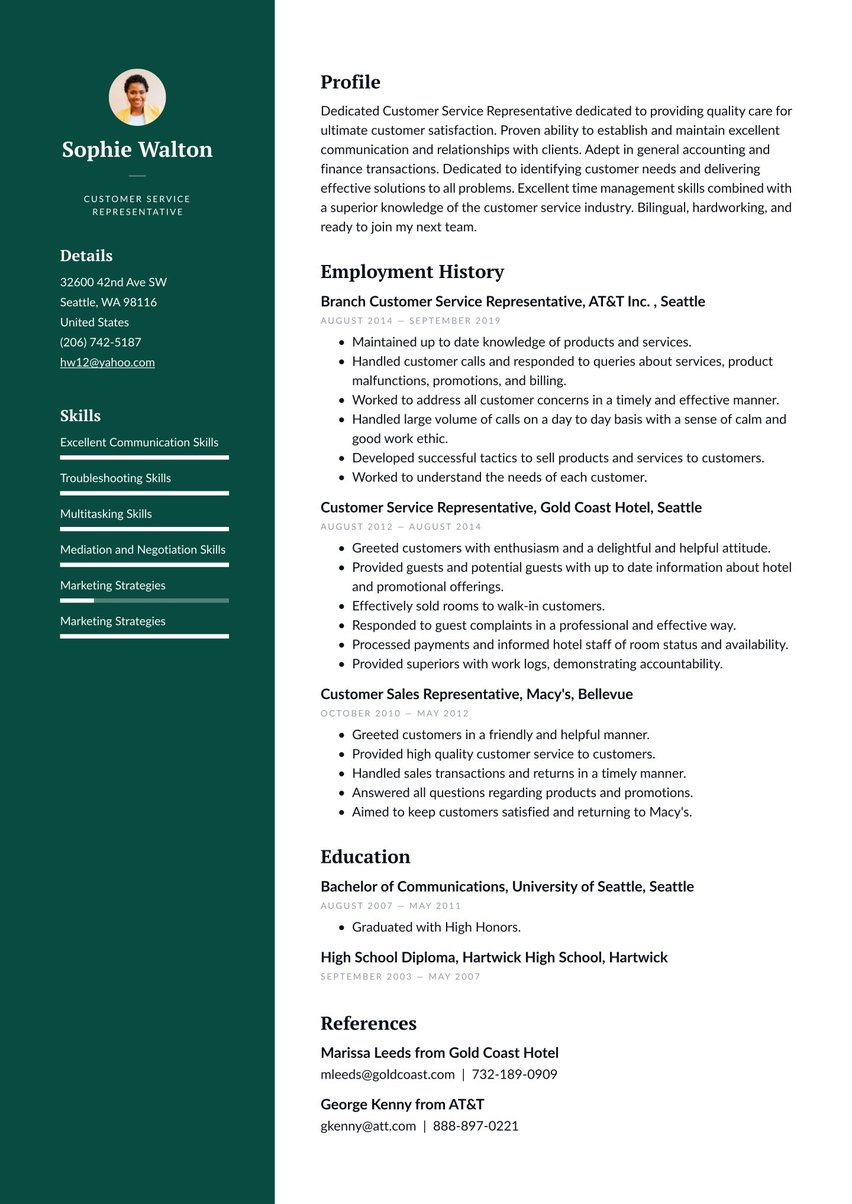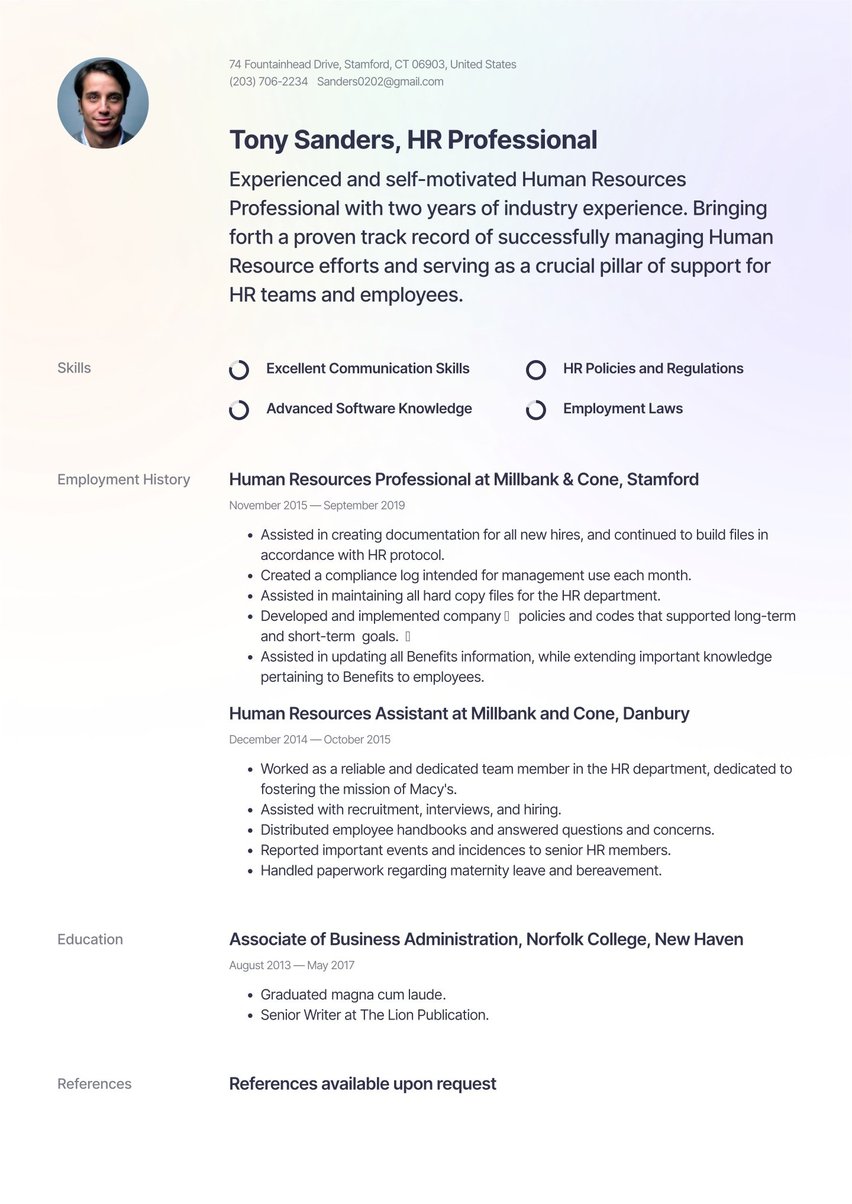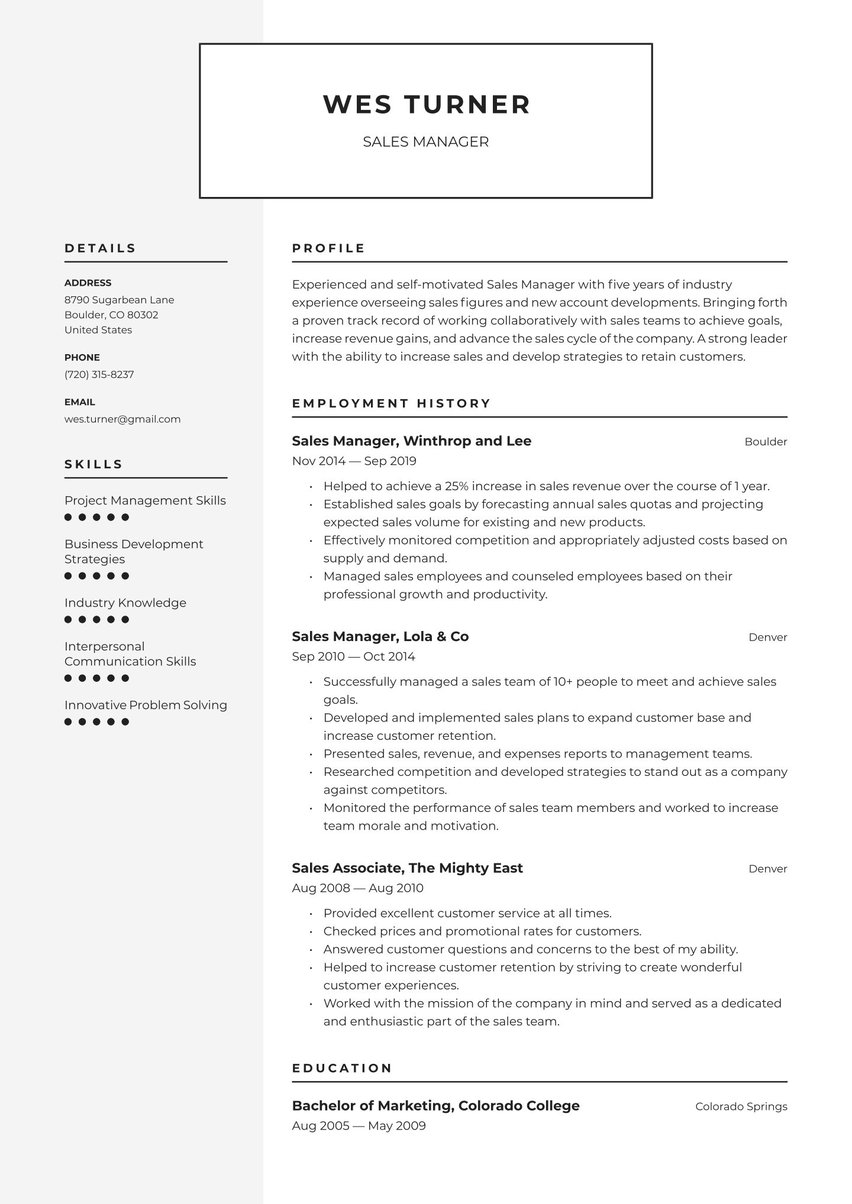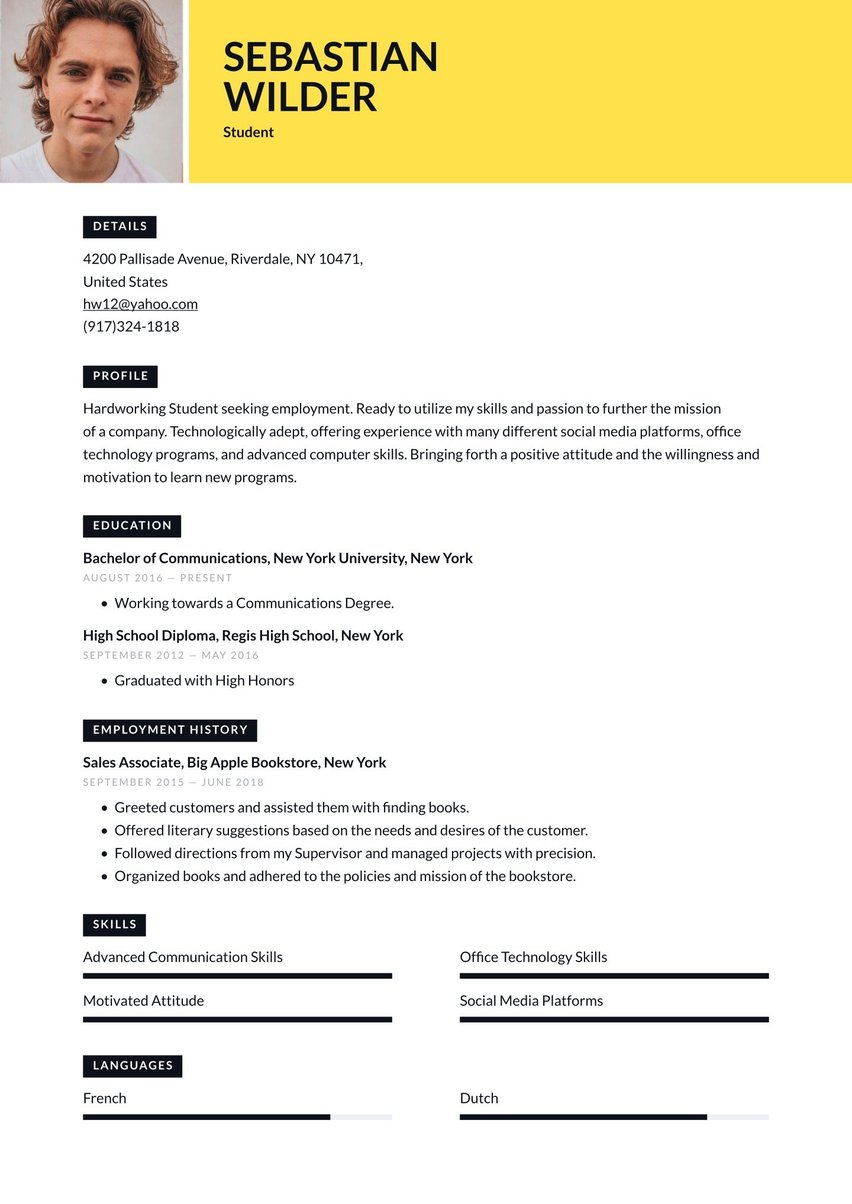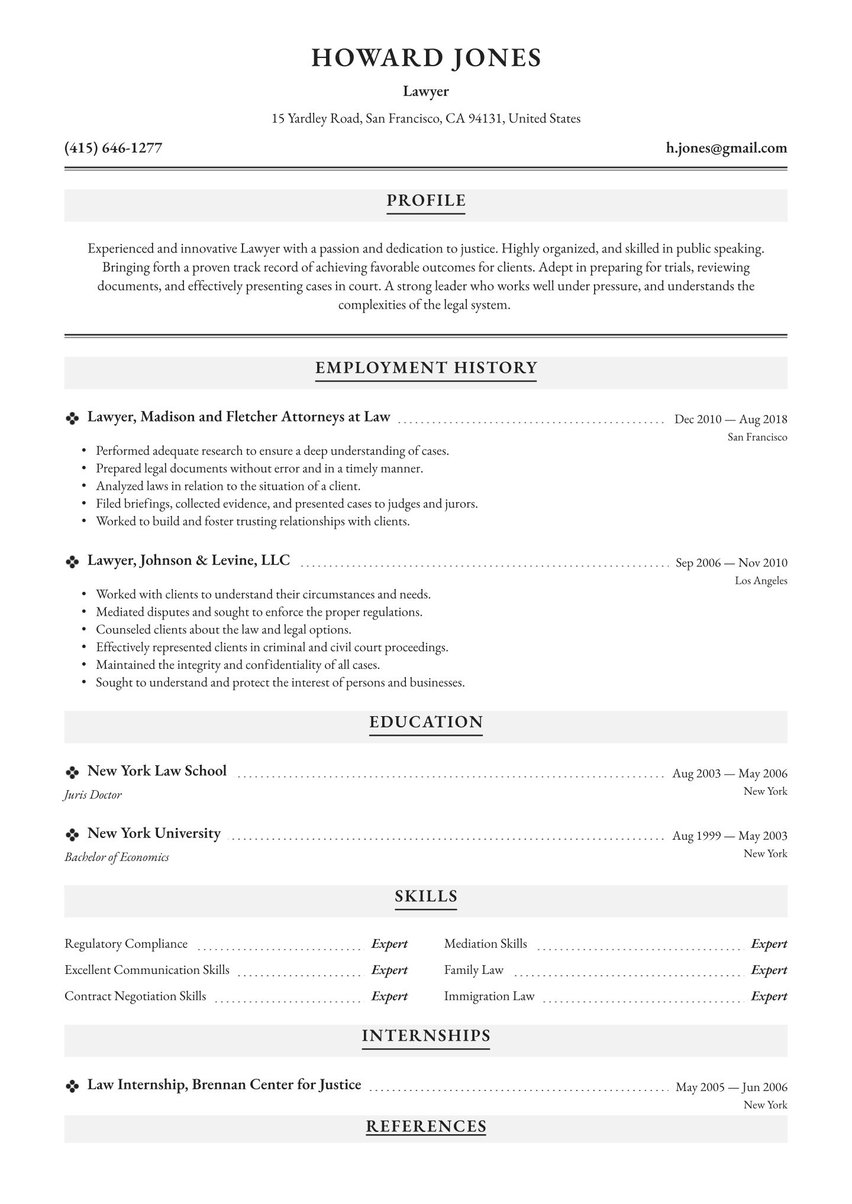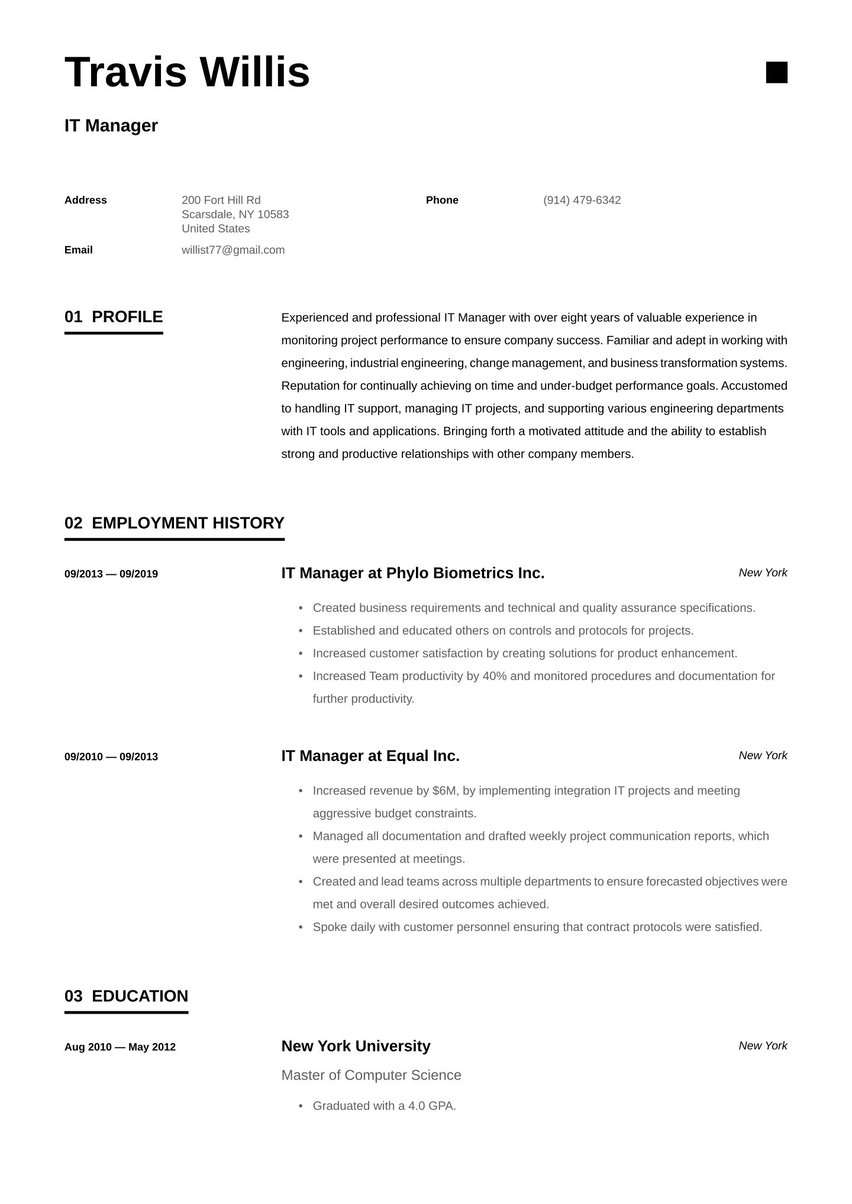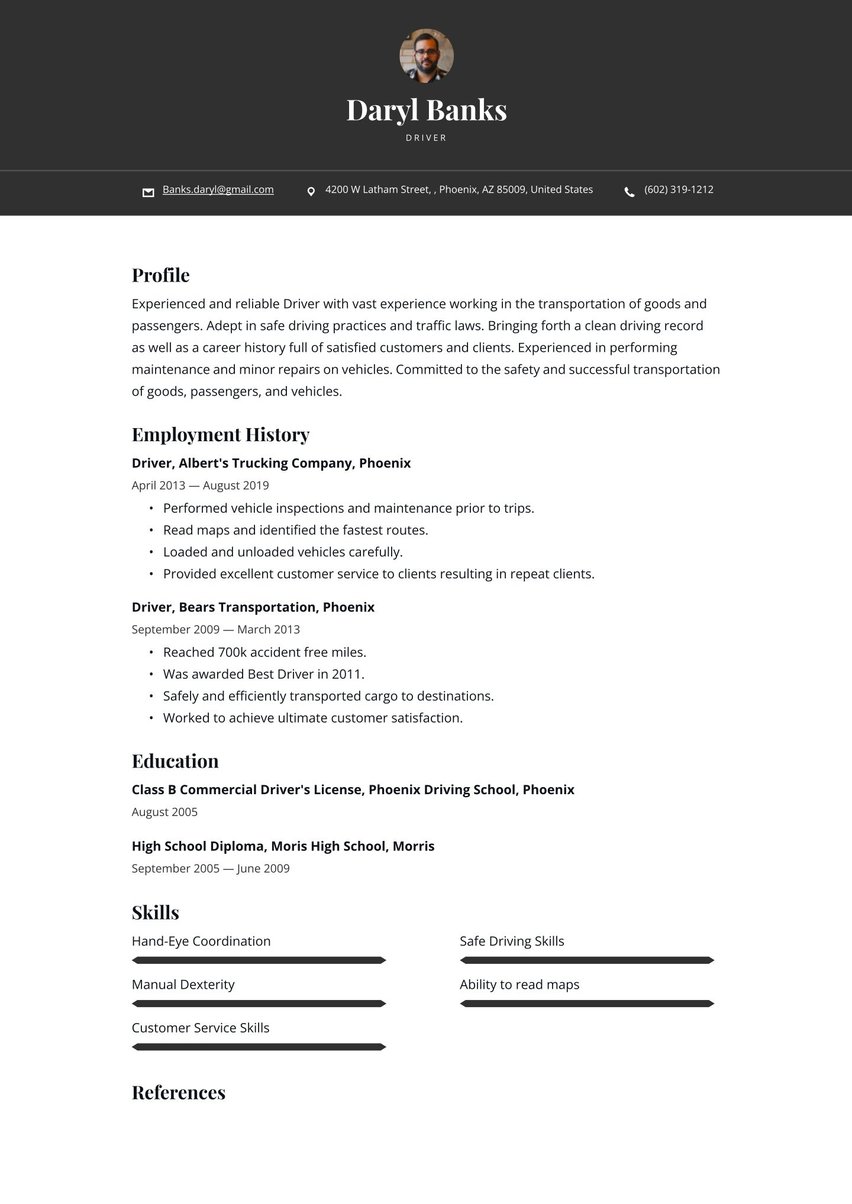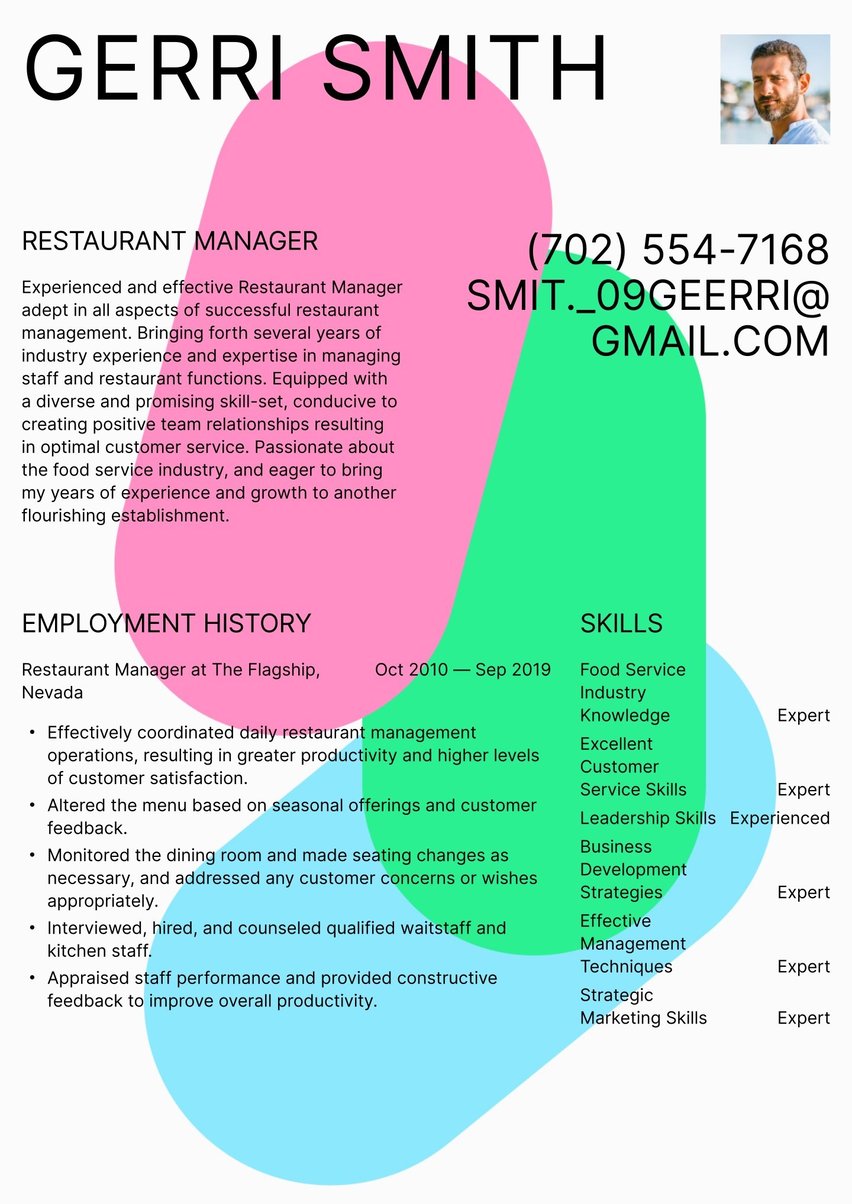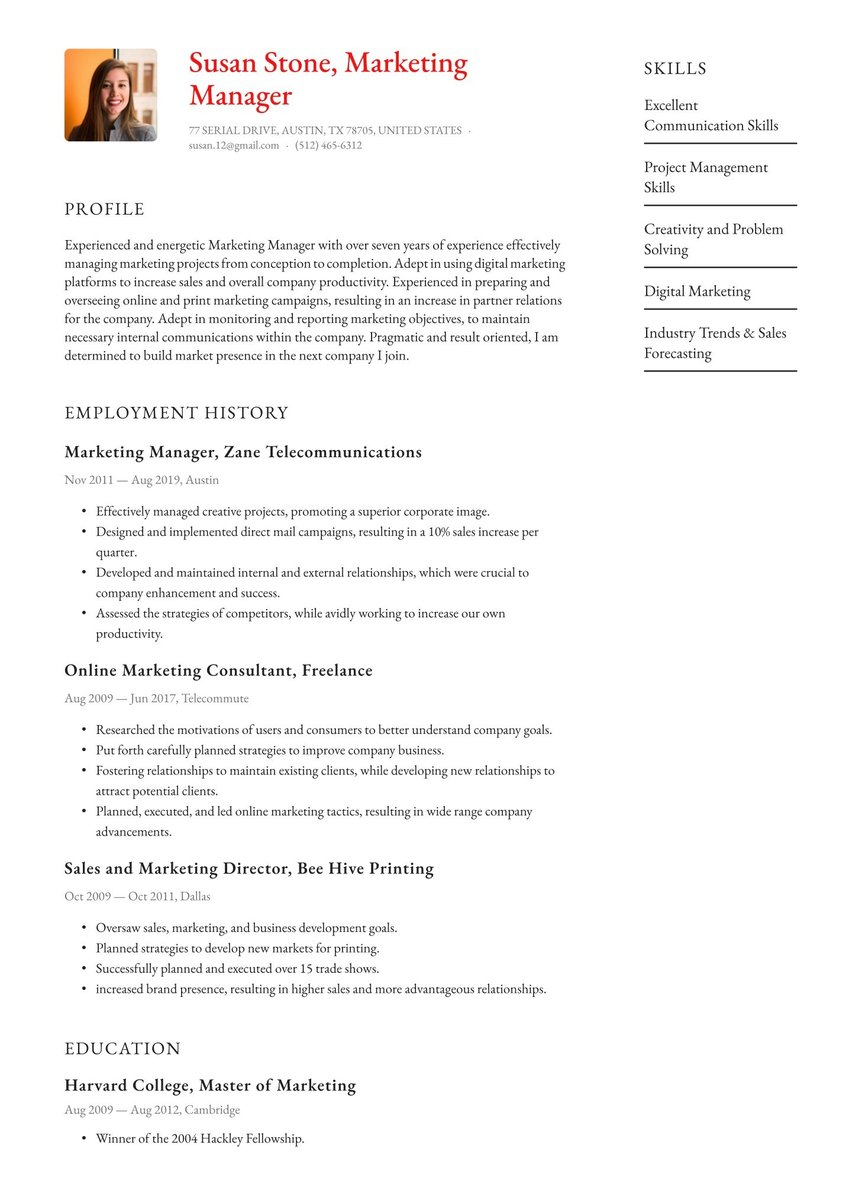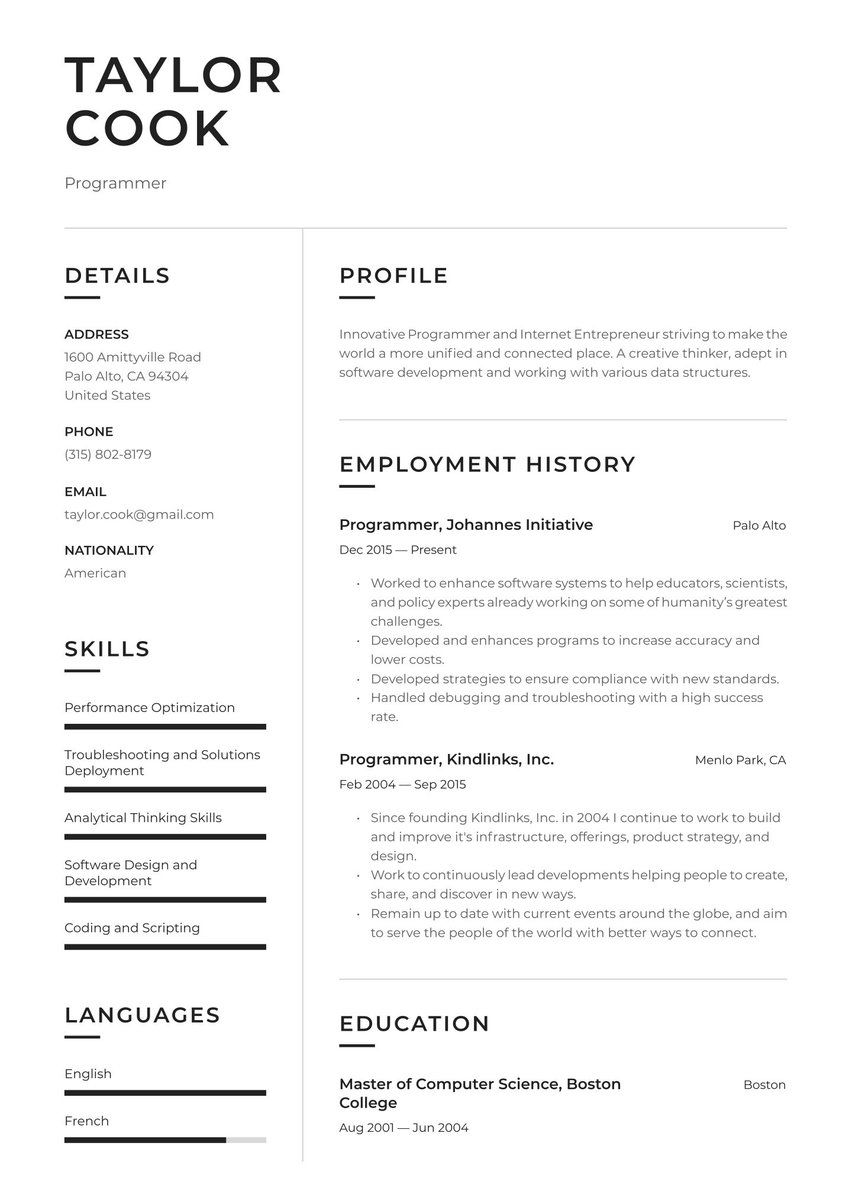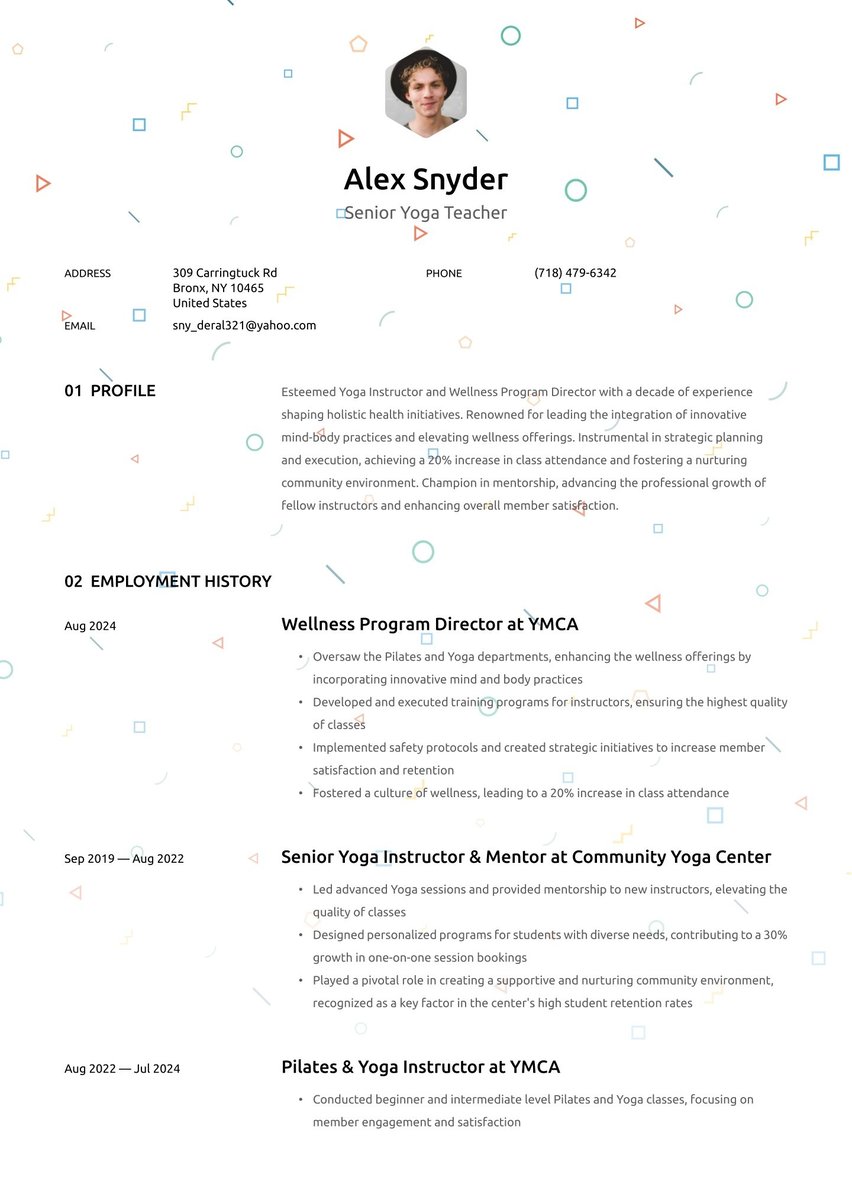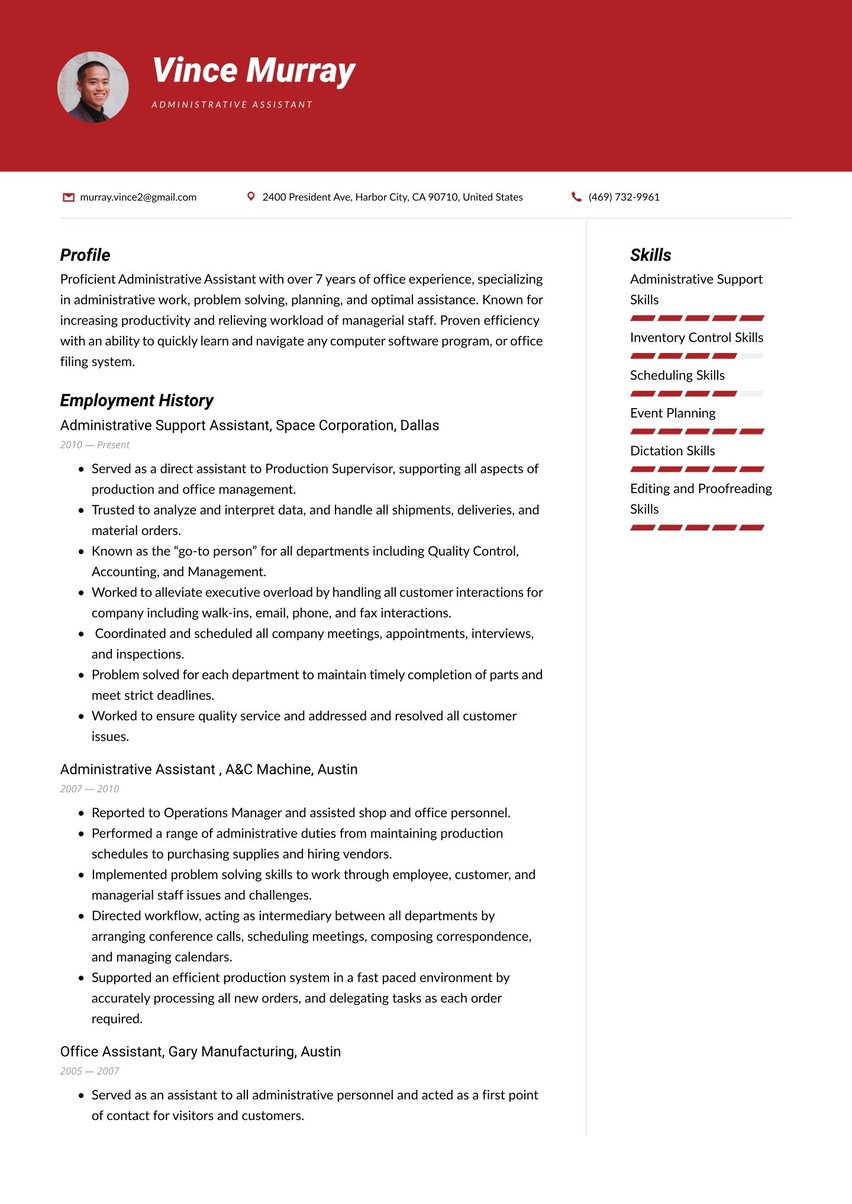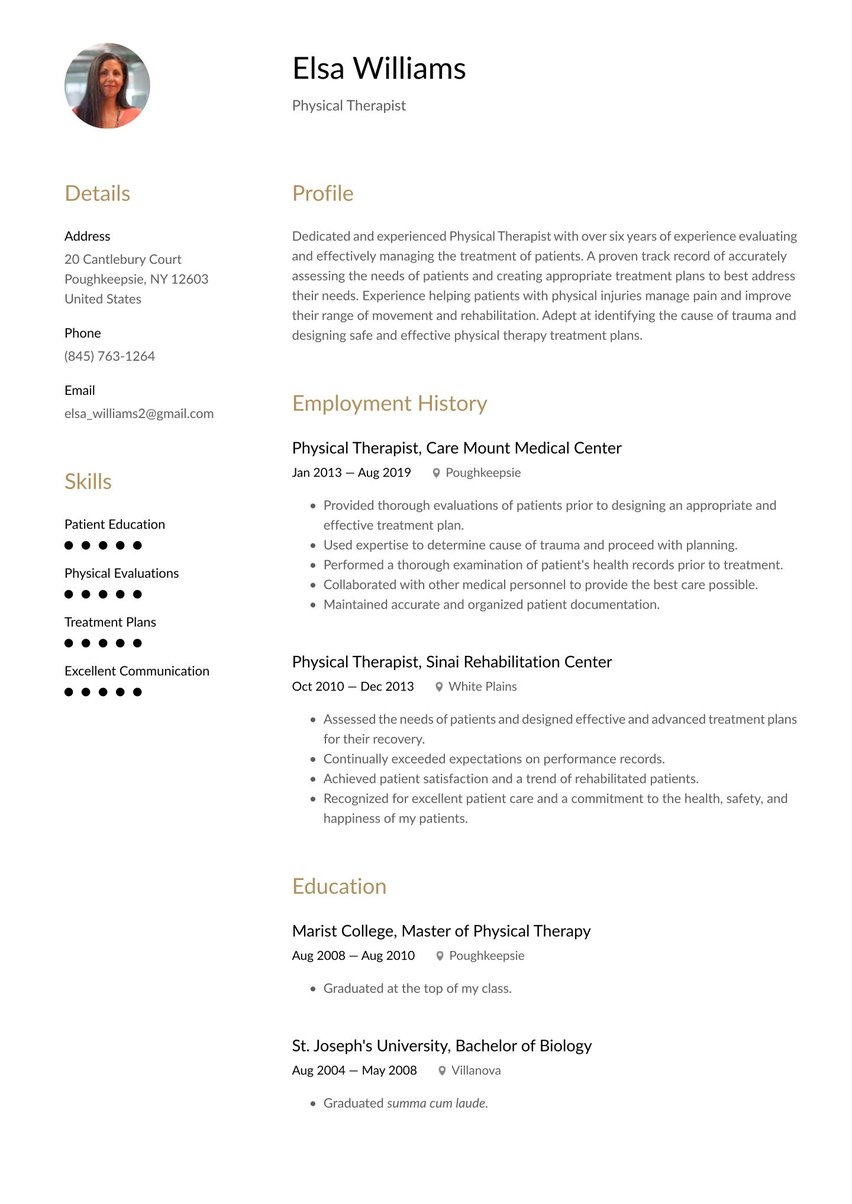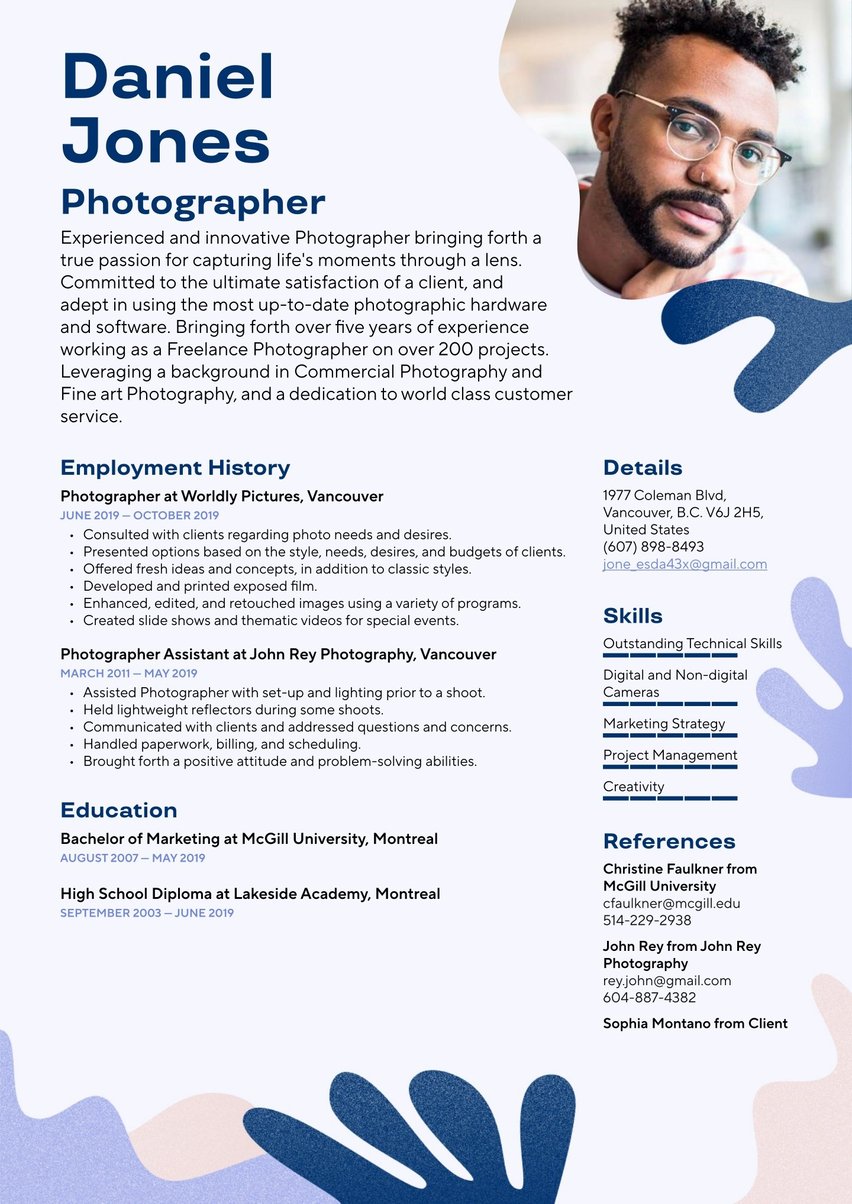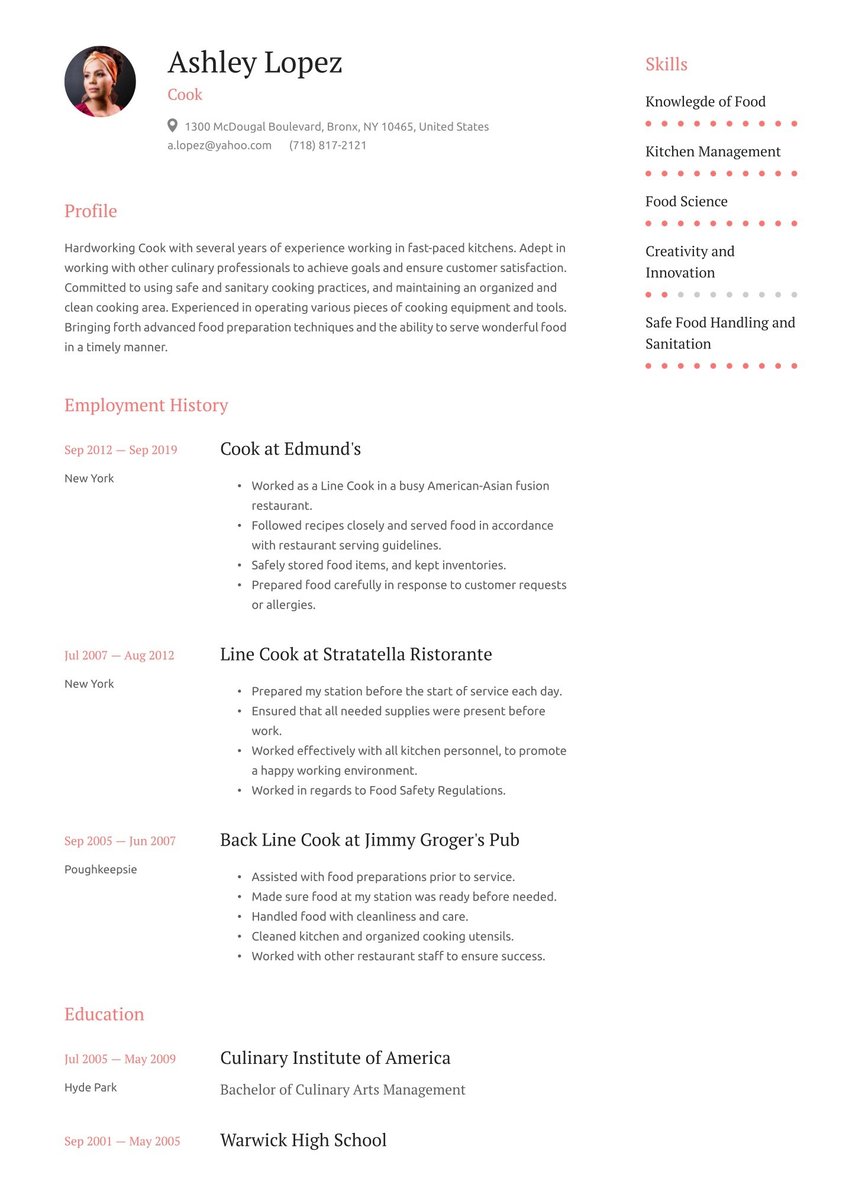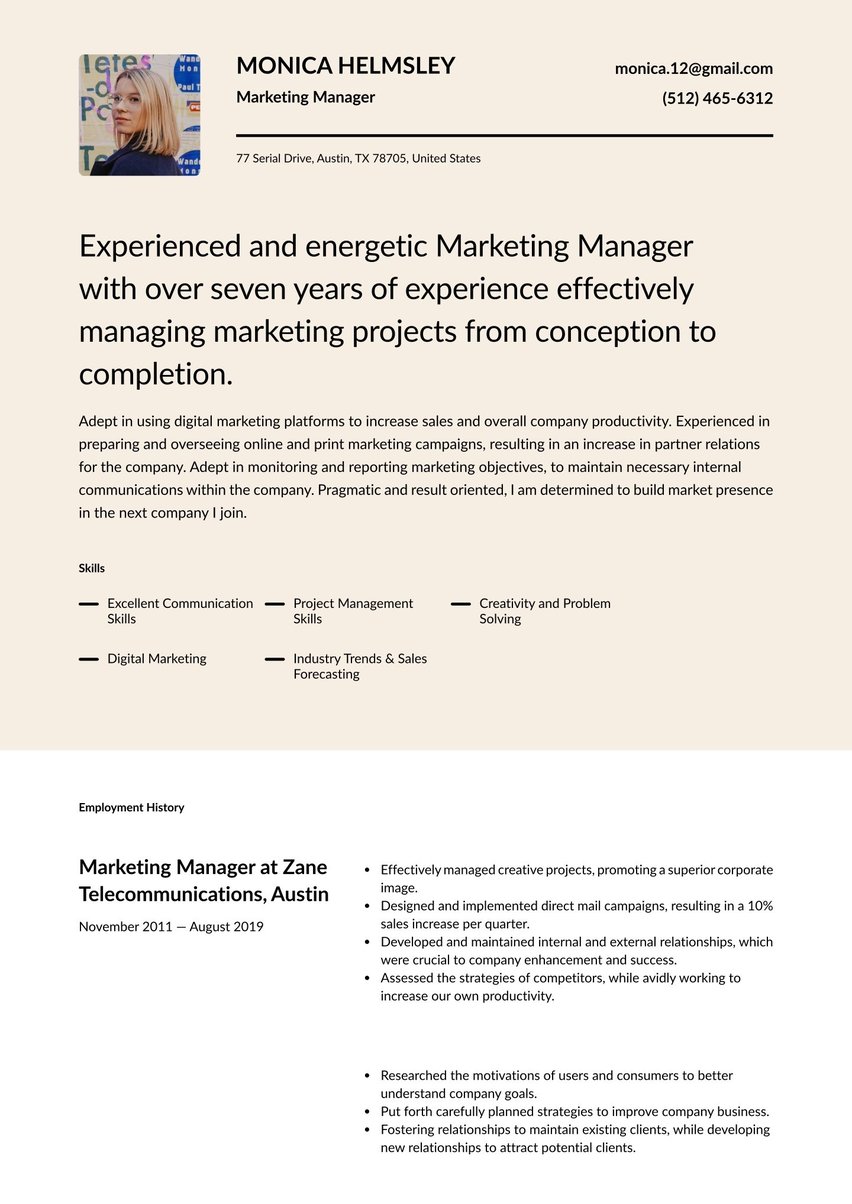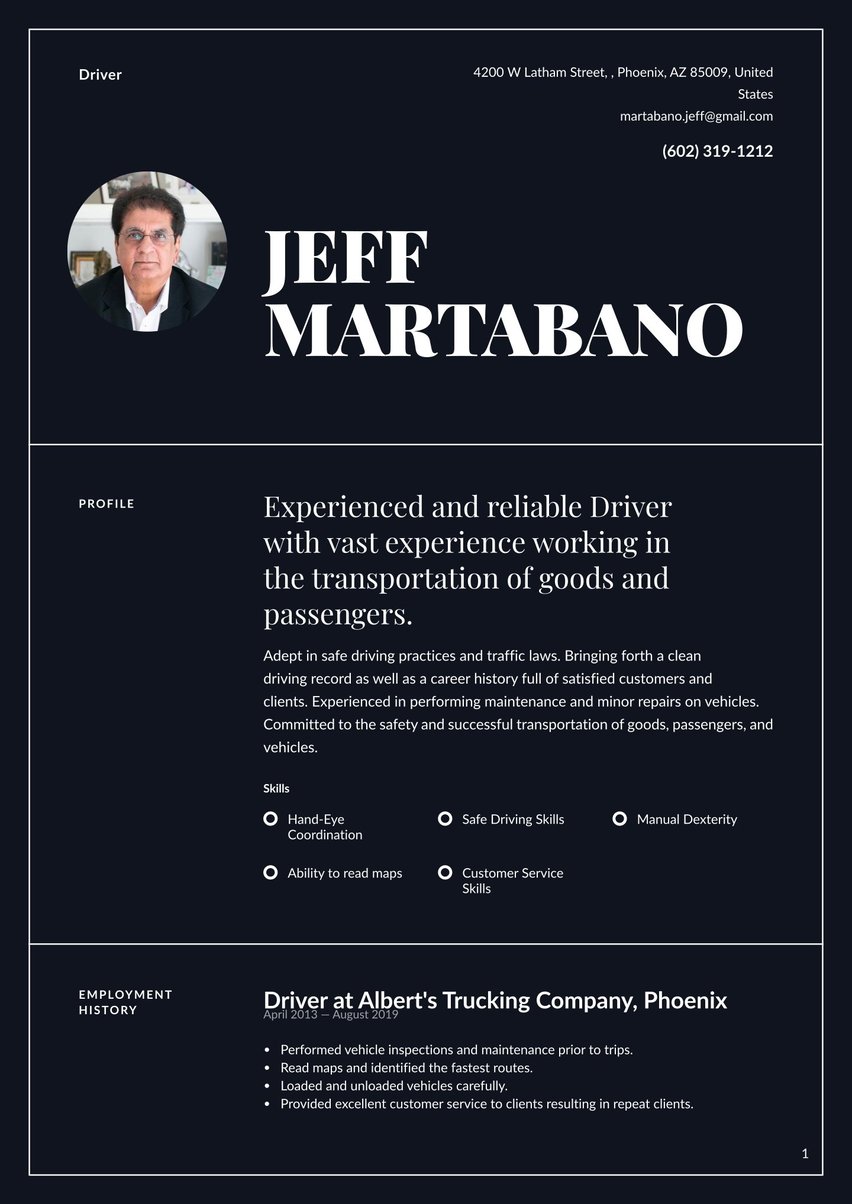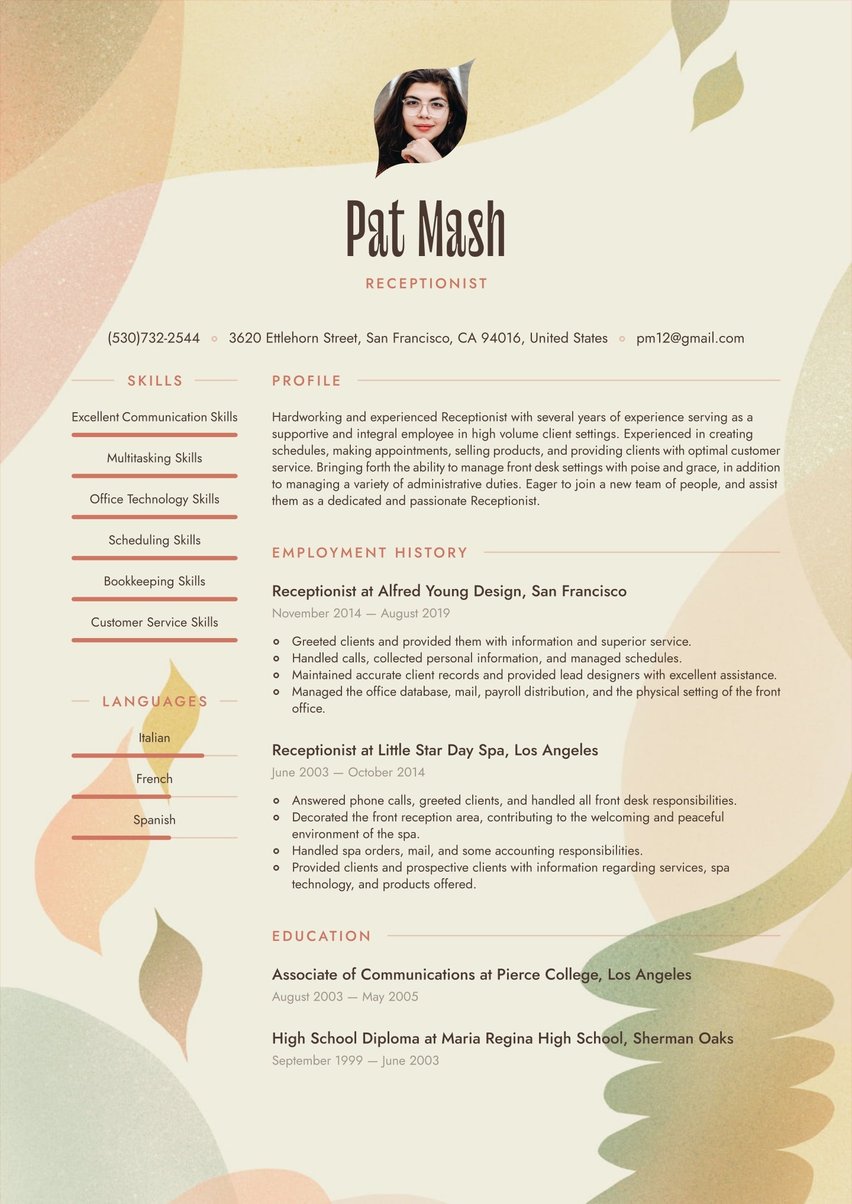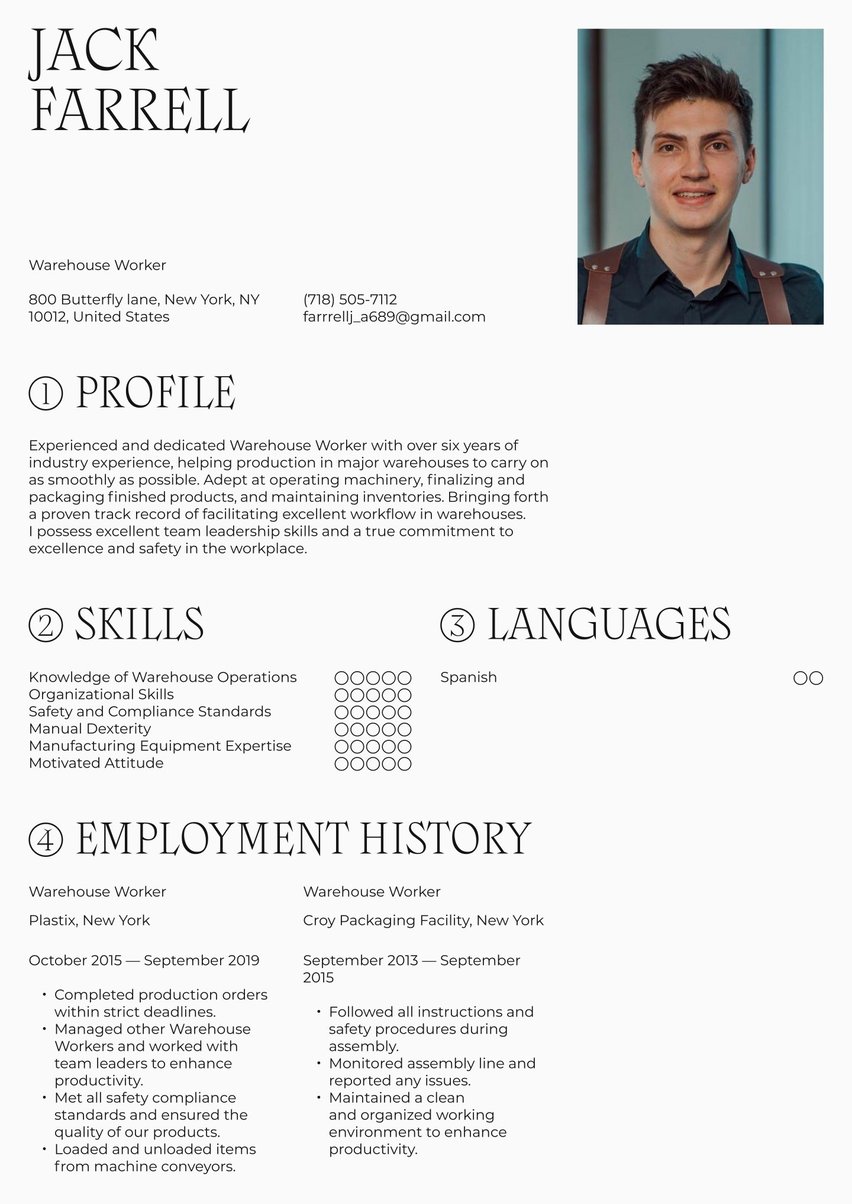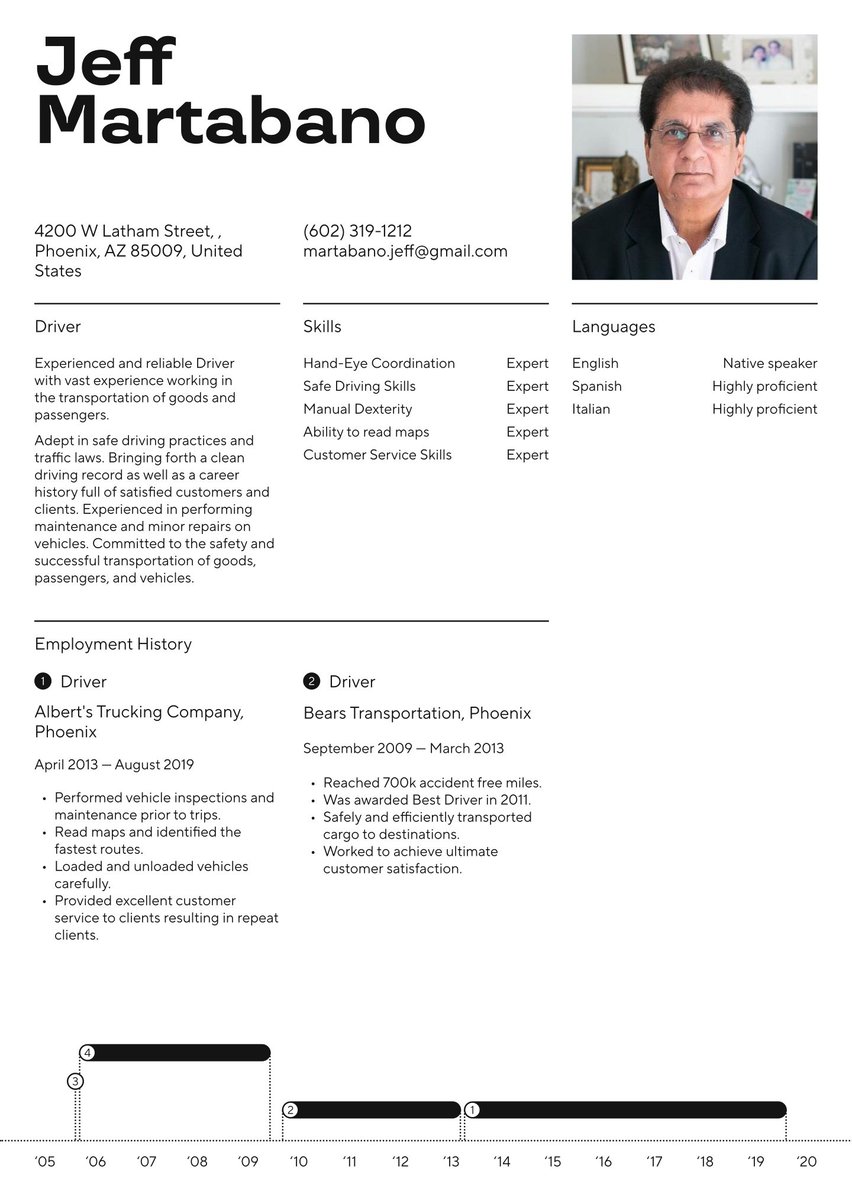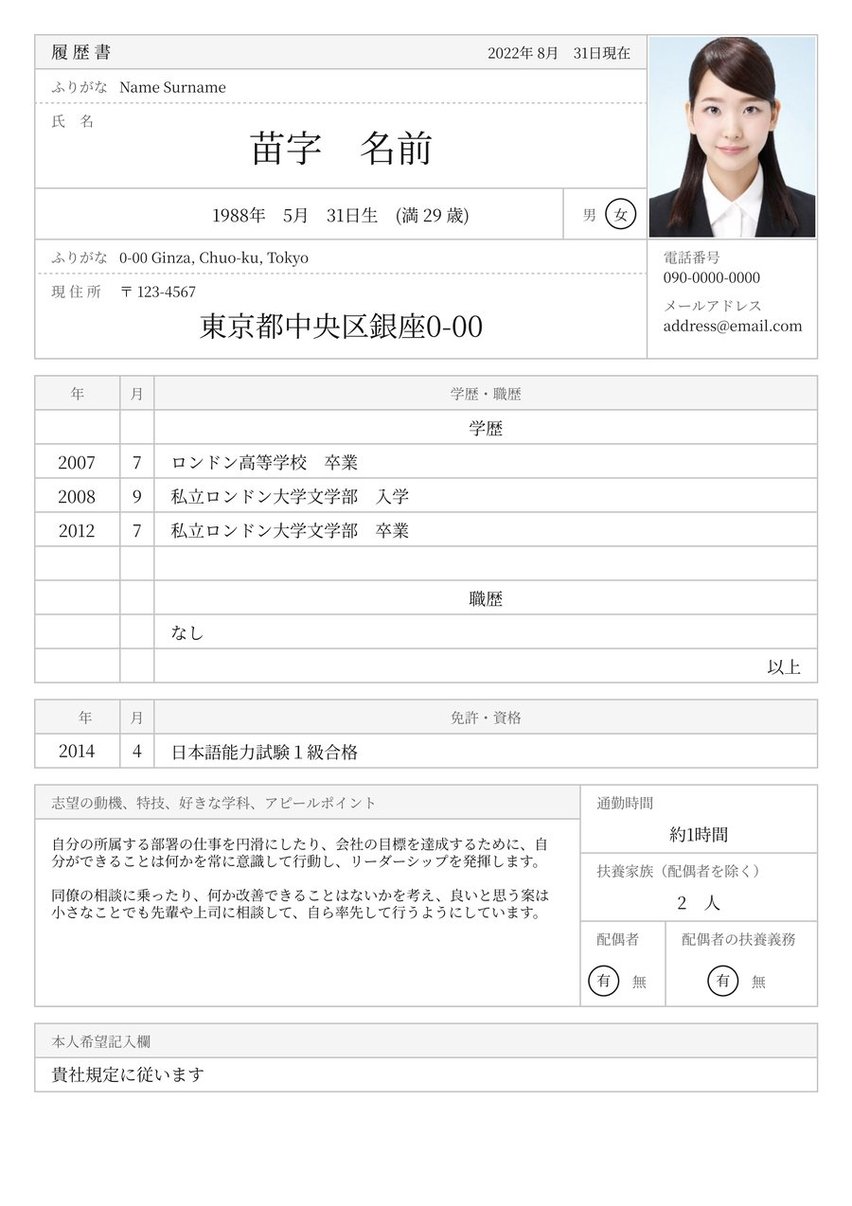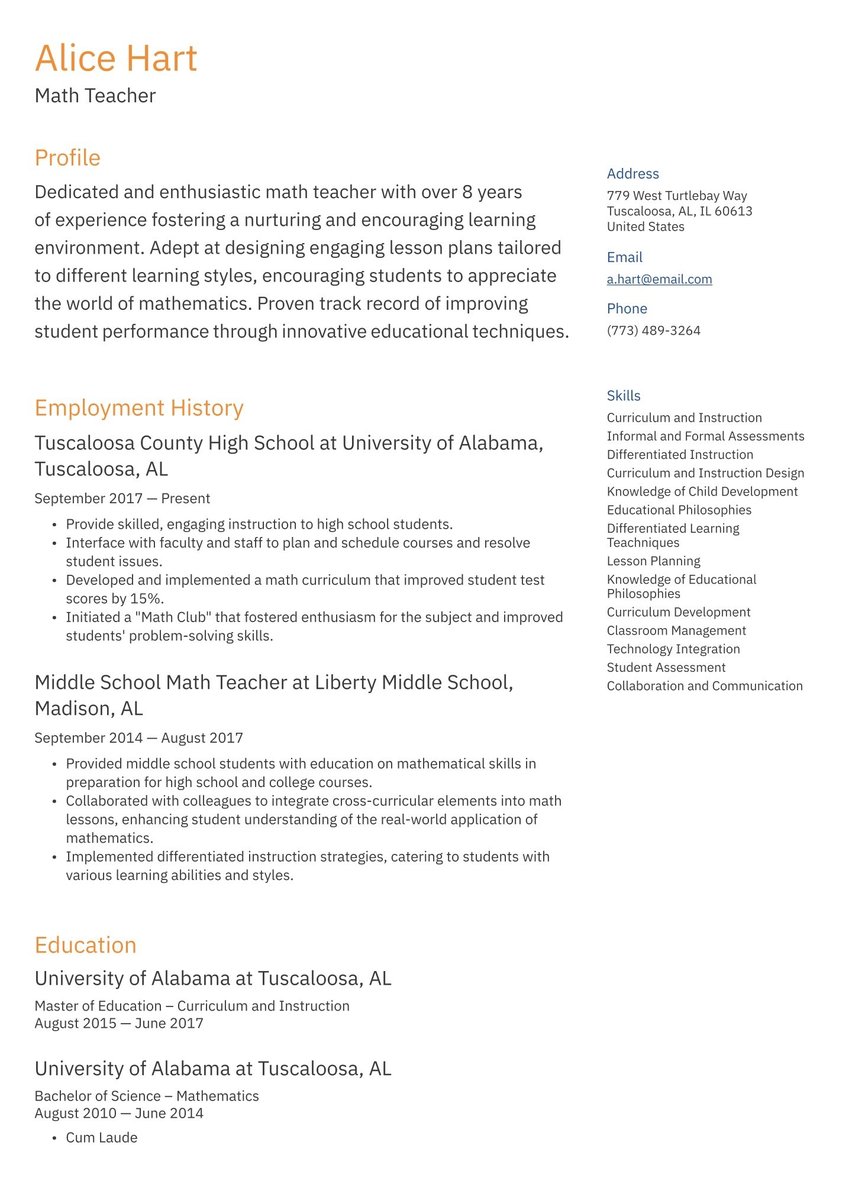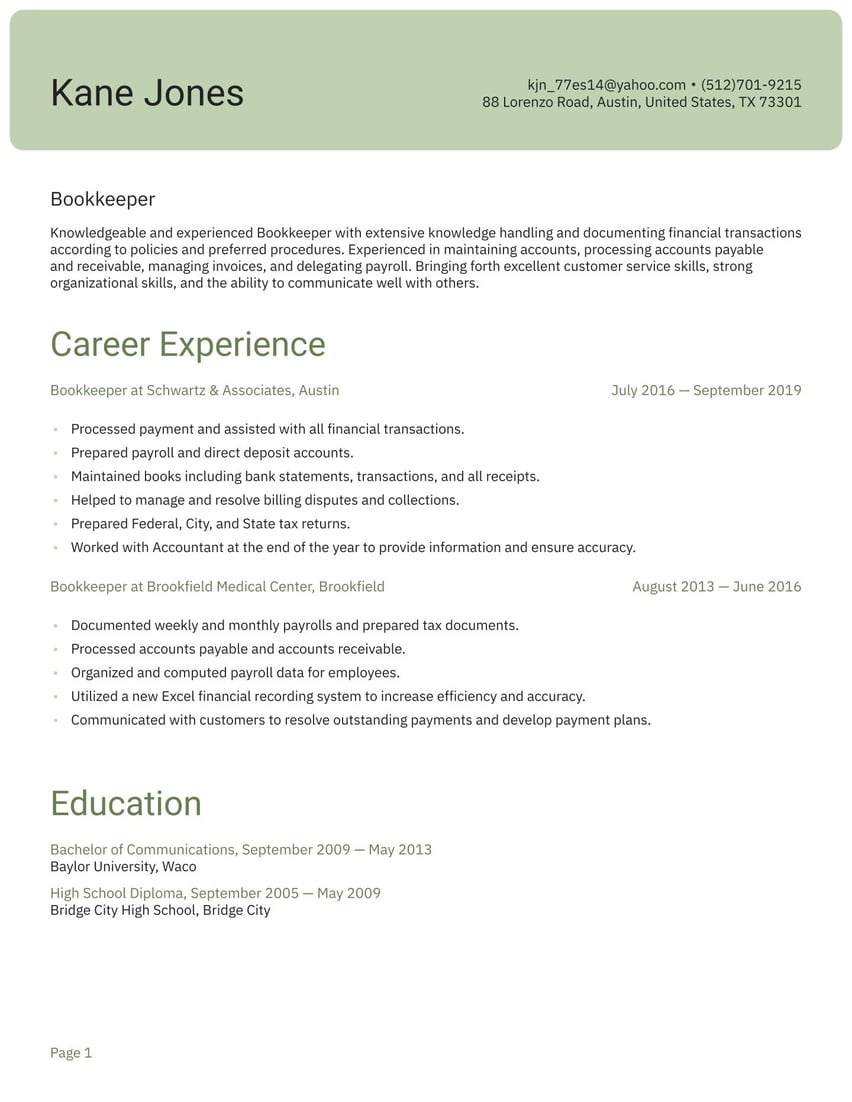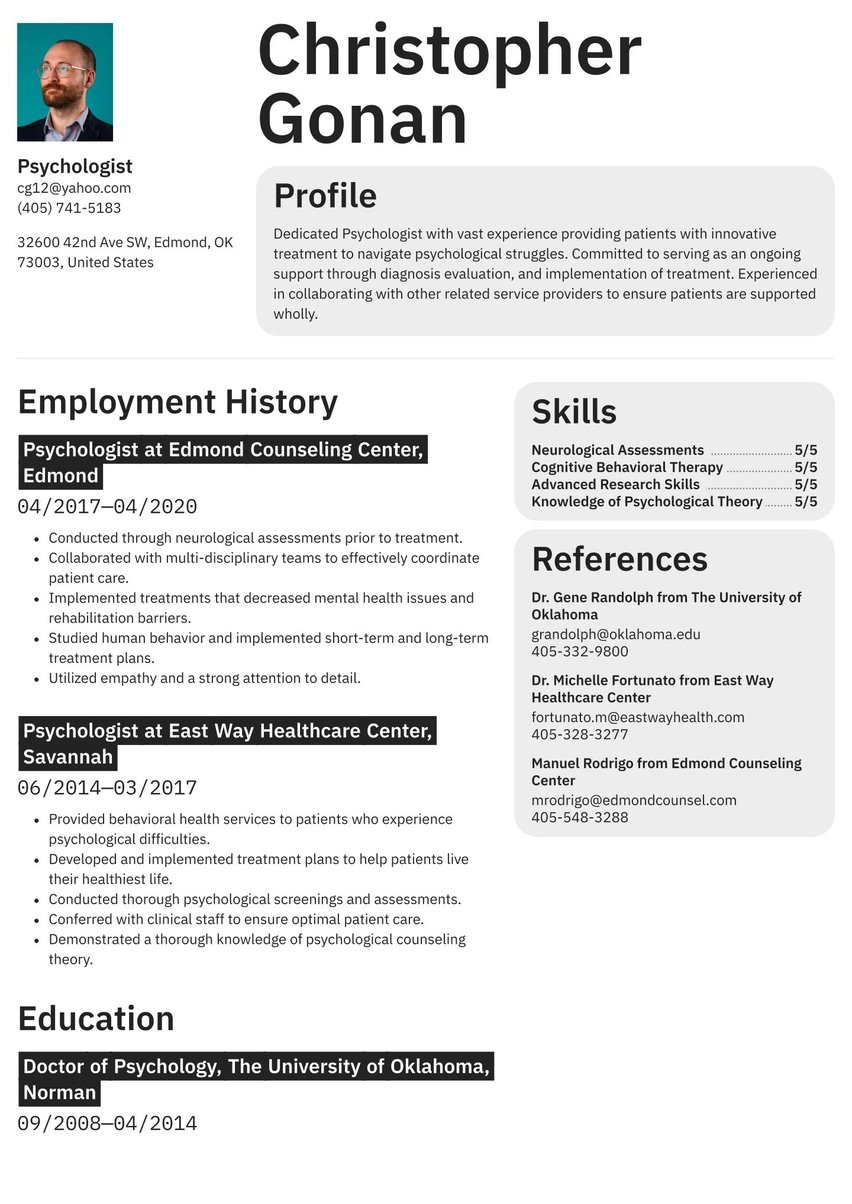Experienced and passionate Cinematographer with extensive industry experience, training, and proven success in cinematography. Adept in overseeing all aspects of film production, including camera lens choices, camera manipulation, lighting choices, set design, and various technological matters that affect the overall visual outcome in the film. Bringing forth the ability to collaborative effectively with others, and prioritize the goals of the film efficiently. Enthusiastic and committed to creating thought and emotion provoking cinema.
07/2015 - 02/2019, Cinematographer, Excel Productions, Los Angeles
- Worked to analyze and understand the screenplay prior to planning for filming.
- Worked closely with the Principal Director and Director of Photography and other creative professionals to establish priorities and goals.
- Made powerful decisions regarding camera choices, lighting, and actions.
- Maintained a strong focus and a commitment to achieving artistic innovation and beauty.
04/2011 - 06/2015, Cinematographer, Studio City Films, Los Angeles
- Guided video content and production processes to achieve ultimate results.
- Worked closely with creative professionals to ensure visual imaging reached the highest potential.
- Chose different camera lenses, guided shots, and managed the timing of actors and events.
- Managed all aspects of technical execution, camera placement, and lighting.
- Adjusted sound and assisted with editing to deliver amazing final projects.
09/2007 - 05/2011, Bachelor of Film Studies, UCLA, Los Angeles
09/2003 - 05/2007, High School Diploma, St. Rose High School, Sherman Oaks
- English
- Spanish
- Production Management
- Collaboration
- Editing Video
- Lighting Knowledge
- Camera Operation
- Artistic Direction
Getting your first (or 50th) gig as a cinematographer can sometimes feel like a mystical combination of luck and timing, but that doesn't mean you can afford to sit around and wait for opportunities to fall from the sky. In fact, a great cinematographer resume can help you lure in job offers and put your best face forward in a crowded field of applicants.
Cinematographer resume examples by experience level
That's where Resume.io can help. With 300+ resume examples and writing guides for job seekers in every field and stage of their careers, we're an expert resource designed to help you craft the perfect application. Here's what we'll cover in this guide and corresponding cinematographer resume example:
- What does a cinematographer do?
- How to write a cinematographer resume (tips and tricks)
- The best format for a cinematographer resume
- Advice on each section of your resume (summary, work history, education, skills)
- Professional resume layout and design hints.
What does a cinematographer do?
Cinematographers are cinema professionals who oversee lighting crew, camera crew, technological processes and the artistic direction of film projects. Their general role is to ensure that the visual images on screen reach their maximum potential. They work alongside other film professionals to collaborate and reach great heights when it comes to visual imaging and artistic portrayal. Cinematographers work with the goal and outline of a film project in mind. They plan the technical execution of camera shots and aim to achieve the greatest dramatic effects on screen. Cinematographers typically work very closely with directors and perform extensive research and planning to ensure success.
Cinematographers work with many different types of professionals in the film and television industry. You may be interested in checking out our our other related resume examples including our screenwriter resume sample, film producer resume sample, actor resume sample or costume designer resume sample.
How to write a cinematographer resume
The very first step in writing your cinematographer resume is understanding what sections to include. Your CV should contain the following elements:
- The resume header
- The resume summary (aka profile or personal statement)
- The employment history section
- The resume skills section
- The education section
A cinematographer resume should showcase your ability to successfully oversee all aspects of production, resulting in the best imagery possible on the screen. You should emphasize your passion and creativity, both of which are crucial for an important role like this. Due to the great responsibility of cinematographers, it is essential to highlight your education, experience, and skills. You want to clearly convey your expertise in working to oversee production processes and ultimately achieve the greatest cinematic visual imagery possible. Be sure to call attention to specific career accomplishments and any special skills you have that lend themselves to cinematic expression. You should have impressive knowledge in multiple areas of cinema including lighting, camera use, and other technological processes. Be sure to convey your ability to oversee processes in a way that results in the greatest cinematic potential. You should have a standout summary section that clearly lists your greatest career accomplishments, as well as your personal and professional attributes. You should also have an impressive skills section that lists important skills like production management skills, camera knowledge, lighting knowledge, artistic direction and collaboration skills.
Choosing the best resume format for cinematographers
Since cinematographers tend to work on a variety of short-term projects over the course of their careers, they may prefer to choose a nontraditional resume format. While traditional job seekers are often recommended to follow the reverse chronological structure which focused on an employment history section, cinematographers may want to modify their resume format to better suit their needs. They may, for example, choose a combination resume format which begins with a skills section that highlights their areas of expertise before including their most noteworthy projects in an "Experience" section. They may also want to group their credits by medium, i.e. film, television or web. All in all, the goal of the resume format is to make it easy for the producer or hiring manager to find the information they are looking for.
Resume summary example
The resume summary is one of the only chances to speak directly to the producer or hiring director on your resume. In these 3-5 sentences, highlight your biggest accomplishments and attributes drawing attention to your most impressive credits and areas of expertise. Remember to use industry specific information and terms from the job description that show the hiring manager how you fit their needs. See the summary from our cinematographer resume sample below.
Experienced and passionate cinematographer with extensive industry experience, training, and proven success in cinematography. Adept in overseeing all aspects of film production, including camera lens choices, camera manipulation, lighting choices, set design, and various technological matters that affect the overall visual outcome in the film. Bringing forth the ability to collaborative effectively with others, and prioritize the goals of the film efficiently. Enthusiastic and committed to creating thought and emotion provoking cinema.
Employment history sample
No matter how you choose to format your resume, you'll need a place to showcase your previous work. This section may be called "Employment History," "Experience" or even "Credits." List relevant and impressive positions in reverse chronological order. Remember to use powerful action verbs and mention job specific accomplishments that prove you are an excellent candidate for the new cinematographer position. Check out the employment history section from our resume example below.
- Worked to analyze and understand the screenplay prior to planning for filming.
- Worked closely with the Principal Director and Director of Photography and other creative professionals to establish priorities and goals.
- Made powerful decisions regarding camera choices, lighting, and actions.
- Maintained a strong focus and a commitment to achieving artistic innovation and beauty.
CV skills example
Your skills combined with your vision are what make you a great cinematographer, so make sure to show off your strengths in this CV section. Since this CV section often takes a bullet point format, you'll want to focus on abilities that can be described in a word or two. Make sure to include a mix of hard skills (technical abilities) and soft skills, or personality traits. This section is a great place to include skills listed on the job description. See our resume example below.
- Production Management Skills
- Knowledge of Lighting
- Camera Manipulation Skills
- Collaboration Skills
- Artistic Direction Skills
Cinematographer resume education example
Although you're not technically required to possess a degree as a cinematographer, listing your education or training in this section can help give the producer a sense of your background. Make sure to add your education in reverse chronological order. This is also a great place to include any memberships or professional organizations you're part of. Awards and distinctions can go here or in a separate section if you have many to include. If you hold a degree higher than a bachelor's degree, you may leave out your high school. Check out the education section from our resume example below.
- 2004-2008 The New School, Bachelor of Film Studies NY, NY
- 2000-2004 Rye High School, High School Diploma Rye, NY
Resume layout and design
The layout and design of your resume tells a hiring manager or producer a lot about your professionalism and experience in the industry before they ever read about your credits. Make sure to choose a design that is eye-catching and functional with a header that draws attention to your name and contact information. While you don't need to go overboard on flashy elements, a pop of color may be appropriate depending on the situation. A balance of white space to text can help avoid fatigue for the reader and keep them focused on your experience.
Different roles may call for different resume designs. You can quickly customize your resume for the situation by choosing a professionally-designed resume template.
Key takeaways
- A great cinematographer resume can help you convey your experience quickly and easily and open doors to new opportunities in the field.
- Make sure your summary captures your most impressive accomplishments and areas of expertise to help you stand out from other applicants.
- Check out our cinematographer resume sample for more ideas on creating an eye-catching header.


.jpg)

.jpg)








